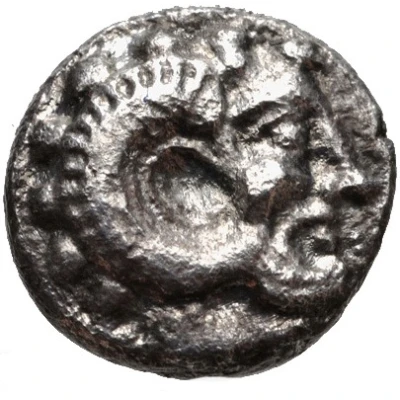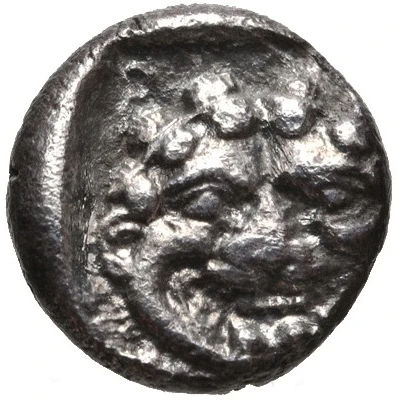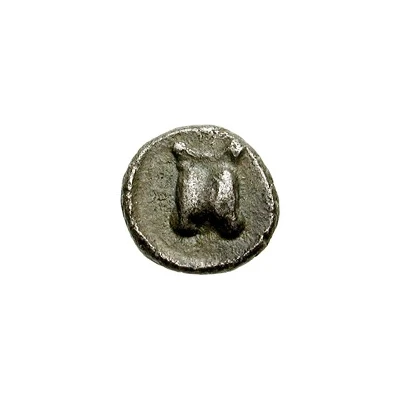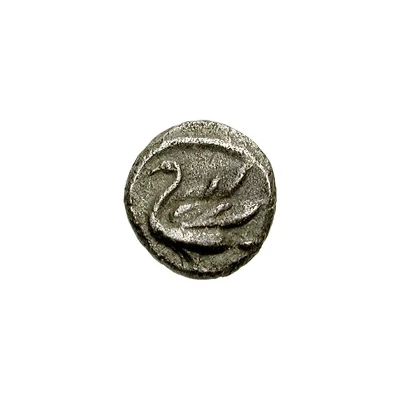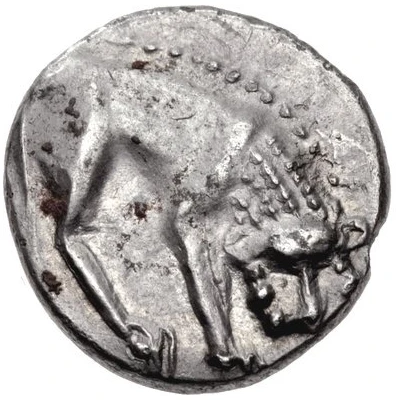
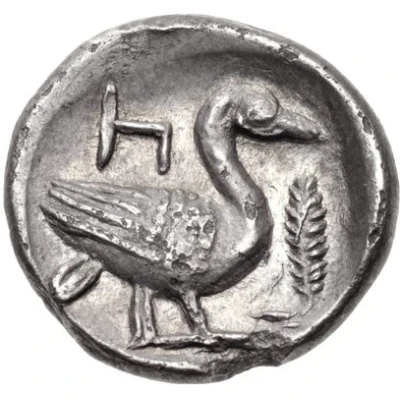

© Classical Numismatic Group, Inc.
Obol 400 BC - 300 BC
| Silver | 0.73 g | 10.0 mm |
| Issuer | Mallos (Cilicia) |
|---|---|
| Type | Standard circulation coin |
| Years | 400 BC - 300 BC |
| Value | Obol (⅙) |
| Currency | Drachm |
| Composition | Silver |
| Weight | 0.73 g |
| Diameter | 10.0 mm |
| Shape | Round (irregular) |
| Technique | Hammered |
| Orientation | Variable alignment ↺ |
| Demonetized | Yes |
| Updated | 2024-10-10 |
| Numista | N#177228 |
|---|---|
| Rarity index | 100% |
Reverse
Swan standing right. Uncertain letter or symbol above, grain ear to right.
Comment
Unpublished, but cf. SNG Levante 163 (for similar reverse type, but with different symbol).
Interesting fact
The Obol coin from Mallos (Cilicia) was used as a form of currency in the ancient Greek city of Mallos, which was located in the region of Cilicia in modern-day Turkey. The coin features an image of a lion's head on one side and an inscription on the other side that reads "MALLOS" in Greek letters. The use of lion imagery on the coin may have been a symbol of the city's connection to the nearby kingdom of Lydia, which was known for its lion population. The coin's small weight of 0.73 grams suggests that it may have been used for small transactions or as a token of exchange, rather than as a large denomination coin.
